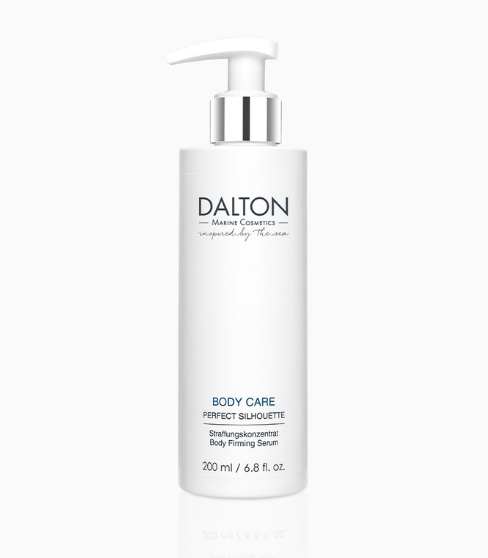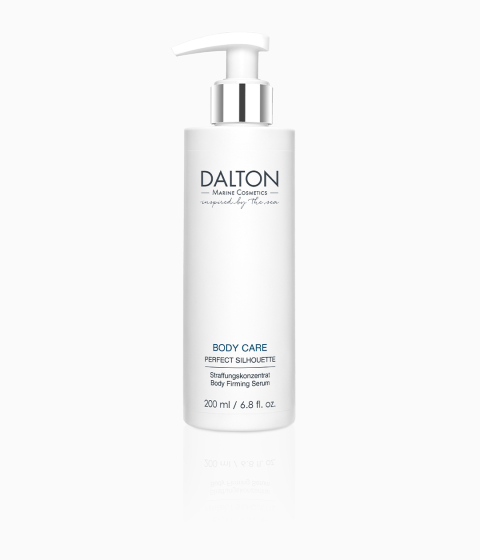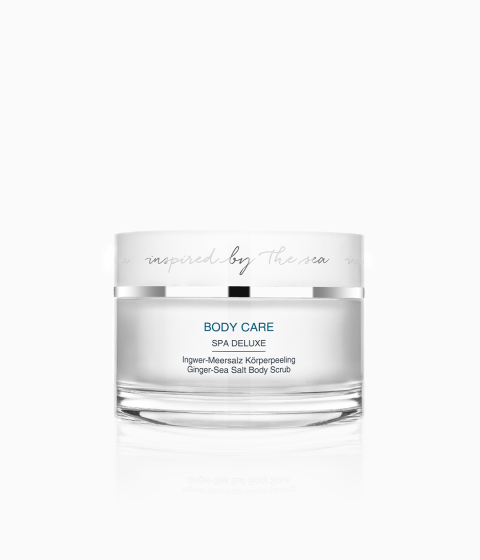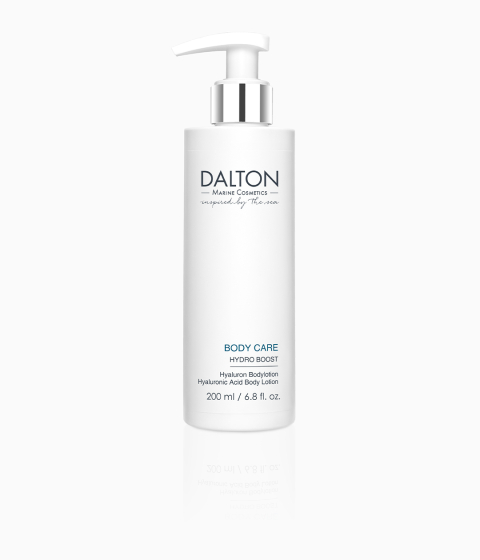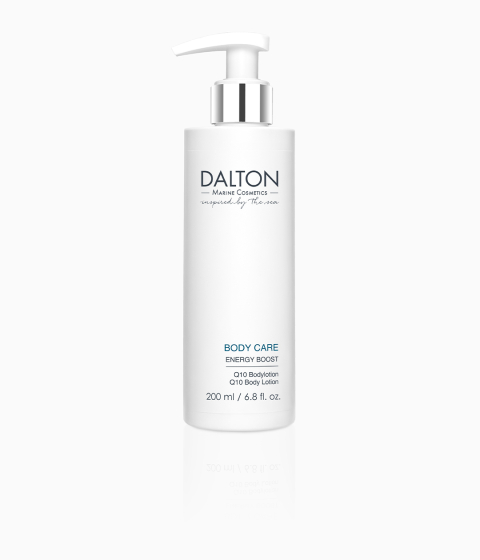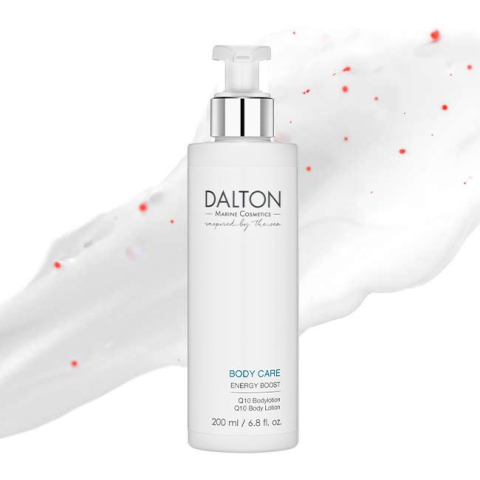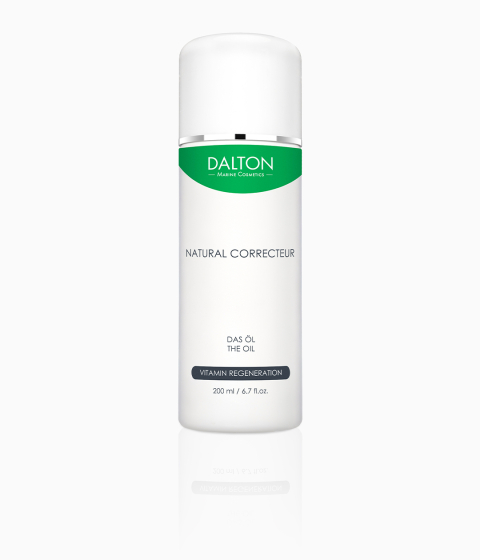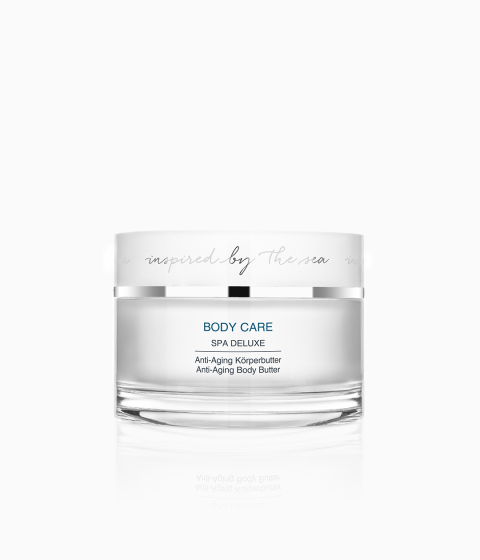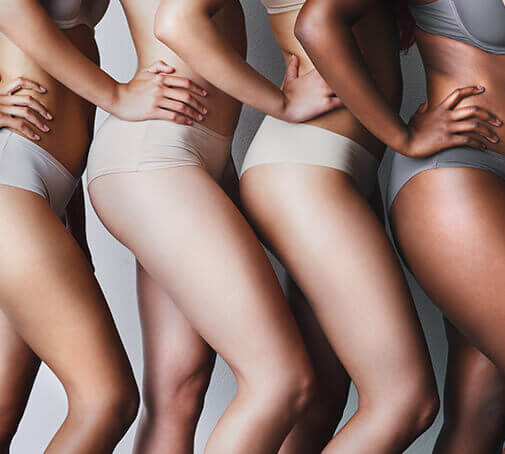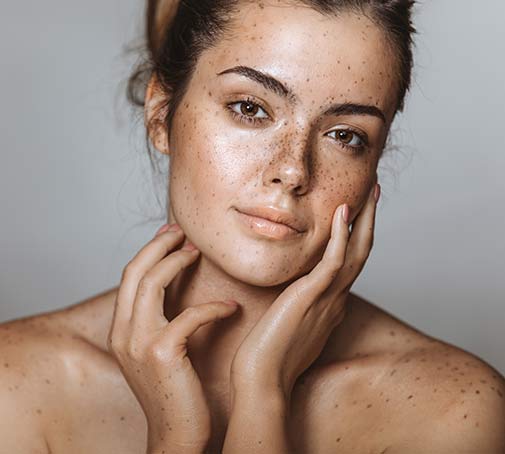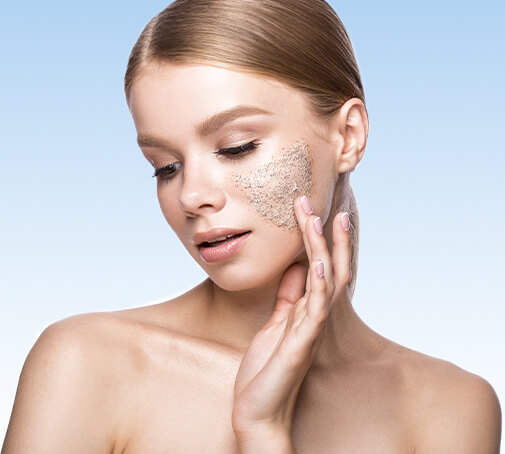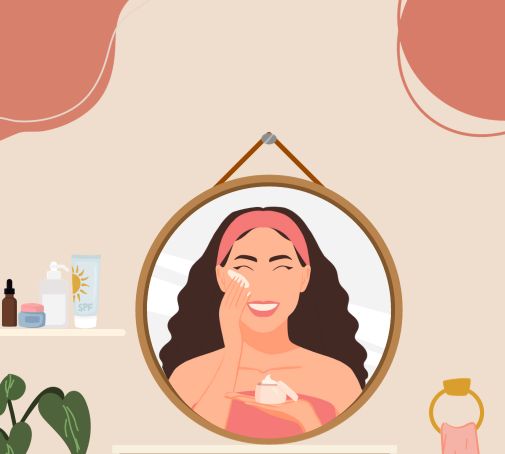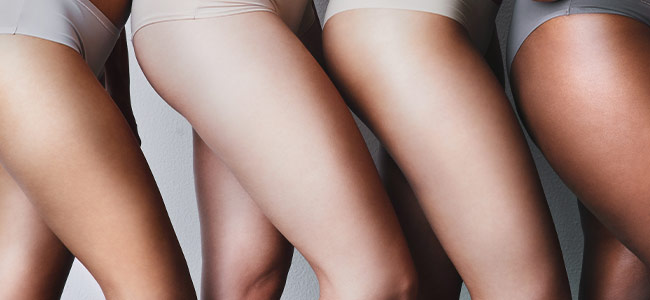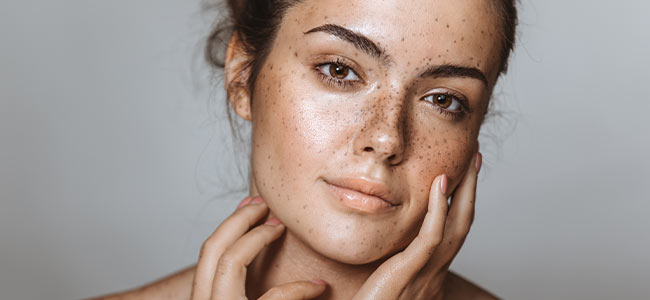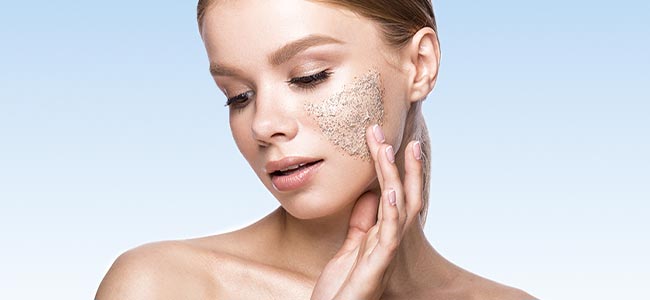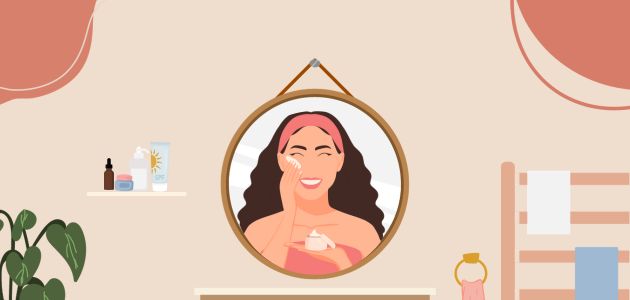
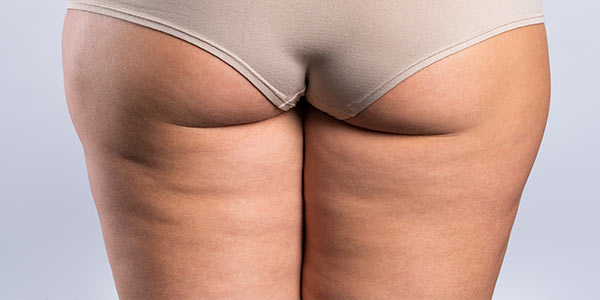
Cellulite
More than 80% of us suffer from unattractive bumps and dimples on the skin which are caused by weakened connective tissue. We’ll show you how you can reduce the look of cellulite and even out small irregularities and dimples.
What is cellulite?
Cellulite (orange-peel skin or cottage-cheese skin) is a non-inflammatory disorder of the subcutaneous tissue (hypodermis). The subcutaneous tissue is the deepest layer of human skin right below the dermis and epidermis, a layer of fatty tissue responsible for retaining moisture and protecting our muscles and internal organs.
Whether or not you develop cellulite depends largely on genetic factors. How strong is your connective tissue? If the connective tissue is weak, it cannot stop the fat cells from pushing out against the skin, while the fibrous bands pull downward. This causes the unsightly bumps, lumps and dimples that are the hallmark of cellulite.
This also explains why women are more affected by cellulite than men. The collagen fibres of the female connective tissue are running parallel to each other and upright, while in men, they are cross-shaped. Enlarged fat cells can also restrict the blood vessels and hamper blood flow, which can result in a slower metabolism.
Aggravating factors
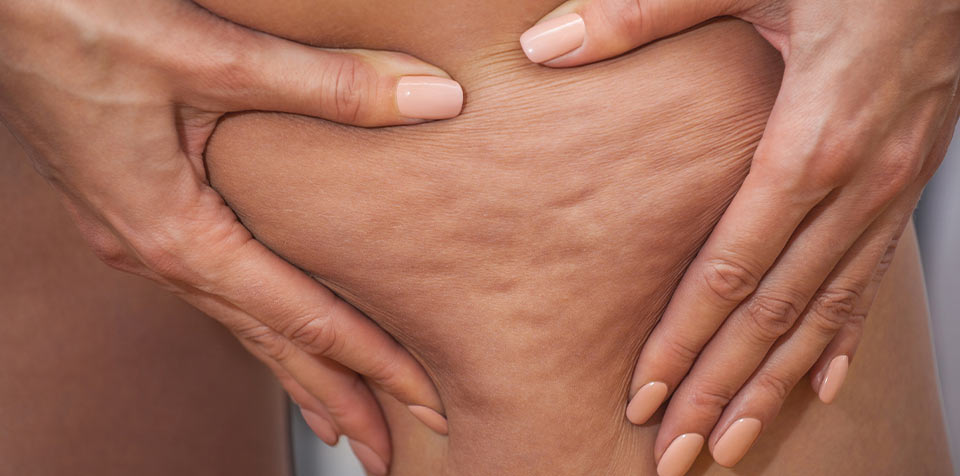



Factors that can increase the appearance of orange-peel skin include:
- Hormones & hormonal imbalance
- Stress
- Lack of exercise
- Unhealthy diet
- Smoking and alcohol
The four stages
According to dermatologists, there are four stages of cellulite development:
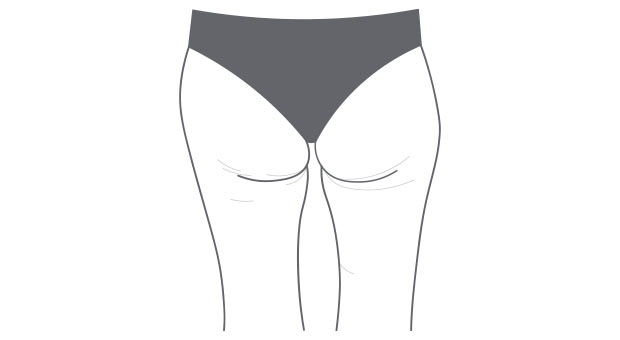

Stage 1
- Where? Hips, thighs, ankles, knees
- Why? Poor blood circulation, tissue edema (fluid retention in the tissue)
- How? Painless, skin turns white after applying gentle pressure, normal skin tone
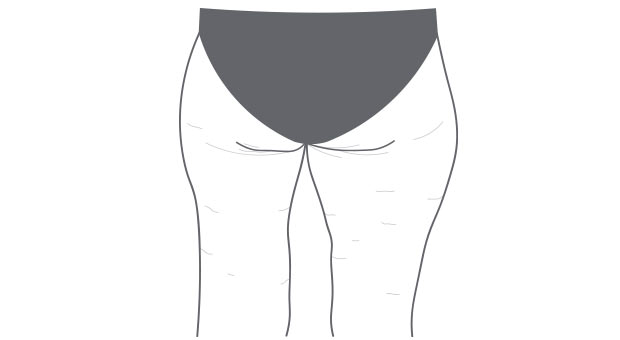

Stage 2
- Where? Hips, thighs, ankles, knees, hollow of the knee, buttocks
- Why? Poor blood circulation, tissue edema, restricted blood vessels
- How? Painless, nodules and minor pain after applying pressure, cold skin
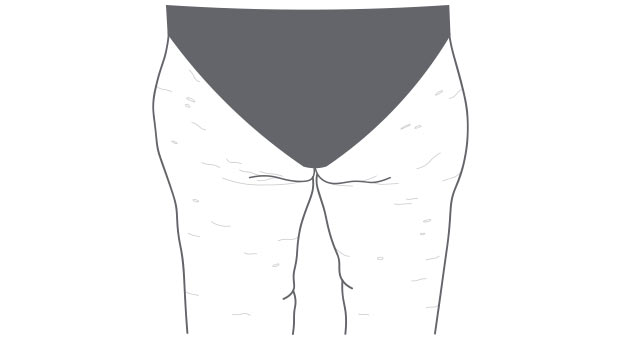

Stage 3
- Where? Hips, thighs, ankles, knees, hollow of the knee, buttocks
- Why? Formation of micro-nodules, hardening of connective tissue
- How? Visible nodules, pain after applying pressure, cold skin, cold feet
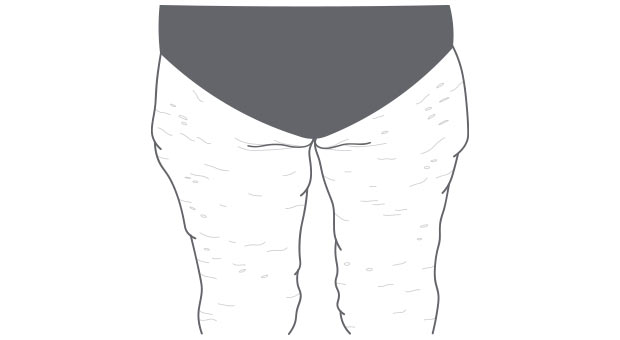

Stage 4
- Where? Thighs, ankles, knees, hollow of the knee, buttocks, arms, abdomen, back
- Why? Formation of macro-nodules, skin aging
- How? Clearly visible nodules, pain after applying pressure, cold skin, cold feet
Our Anti-Cellulite Tips
The frustrating problem with cellulite is that, unfortunately, it’s not 100% in your control. Whatever you do, you might never be completely dimple-free. Still, we have some great tips for you to improve the look of cellulite or prevent its appearance.
1. Healthy diet: We know you probably can’t hear it anymore, but a healthy, balanced diet is extremely important if you want to fight cellulite effectively. Even the best cellulite creams are pretty powerless if you don’t provide your body with the right diet and nutrition.
2. Exercise: Participating in sports and regular exercise is key to reducing the appearance of cellulite. Not only will you speed up your metabolism, burn calories and promote weight loss, but you will also build muscle, which will make your skin look firmer. We would like to take this opportunity to debunk one of the most widespread cellulite myths: Jogging can contribute to or even cause dimples. Wrong! Exercising is not only good for your body and mind, but also for your skin.
3. Dry brushing, massage and contrast showers: As we’ve explained above, orange peel skin is primarily the result of a weak connective tissue and poor blood circulation. That is why it makes sense to boost blood flow with one of the following methods: Contrast showers (alternating between hot and cold water) boost the metabolism and circulation. Don’t forget to use a body lotion after showering to hydrate and moisturize your skin. Dry brushing and massaging (plucking massages)cellulite-prone areas can support lymphatic drainage and strengthen the connective tissue of the thighs, legs and bottom. Using a body oil makes it easier to massage and it nourishes your skin at the same time. Body scrubs have a similar effect on the skin and prepare it to receive maximum benefits from the products to follow.
4. Skincare: Since we’re already on the topic of skincare: Our smoothing Body Firming Concentrate is a great addition to your routine. Micro algae firm the skin and improve elasticity. Carnitine can stimulate the cellular metabolism, which increases the rate at which you burn body fat. Caffeine provides the skin with vital nutrients. Apply the concentrate to affected body parts in the morning and evening, then follow up with your usual body care routine.
5. Professional cellulite treatments: To get the best results, it might be worth visiting a professional aesthetician. Pressotherapy, for example, is a detoxifying treatment that uses an air pressure massage to reduce the appearance of cellulite and help to avoid spider veins and varicose veins.
Cellulite vs Cellulitis: What is the difference?
Cellulite is a non-inflammatory condition caused by fat deposits. The condition is generally painless and harmless, although those affected sometimes suffer psychologically when they are dissatisfied with the look of their body. It is a very common problem for women – more than 80% of us are affected. Cellulitis, on the other hand, is a serious skin infection that requires medical attention.
SIMILAR POSTS
You Might Also Like

